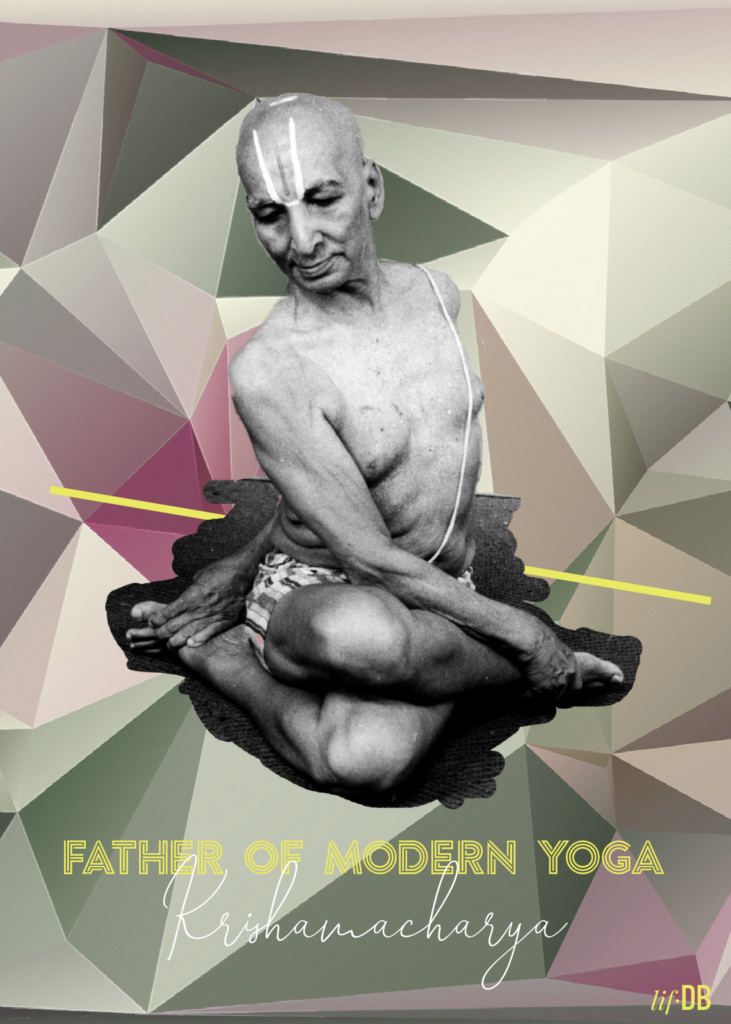This much I know: every time I practice yoga, I feel really good about my body, self, and life. When scientific research confirms the health benefits of yoga, it validates all the wonderful things I feel, but can’t quantify. It’s also a step forward to integrating yoga as a fundamental part of healthcare.
A 2019 study from the Mayo Clinic shows that practicing yoga at least 3 times a week reduces blood pressure. However, there’s a caveat. The effects are specific to yoga practices that include breathing and relaxation exercises.
Growing Popularity
In 2016, 36 million Americans practice yoga, up from 20.4 million in 2012. There are an estimated 6,000 yoga studios in the US alone. Yoga franchises are a growing player in the yoga studio industry and corporate-owned studios offer yoga classes combined with weights and high intensity interval training (HIIT). Equipped with spa-like lockers and showers, heated rooms, and lounge areas, these are not quite the small-business-owned neighborhood yoga studios.
What we are witnessing, is the massification of yoga. In this process, yoga is becoming fundamentally transformed as it goes mainstream, but at what cost?
Practicing yoga at least 3 times a week reduces blood pressure. However, there’s a caveat. The effects are specific to yoga practices that include breathing and relaxation exercises.
Source | Mayo Clinic
The Massification of Yoga
In an effort to be more familiar, less “foreign” or “hippie”, some studios jettison the opening “om”, cut short savasana, add sit-ups and burpees, refrain from using Sanskrit words for poses, and completely ignore the concept of dristi or gaze.
There’s also the intention to increase the pace of the class and make it more upbeat, and in some cases, frenetic. In these classes, the verbal cues sound more like an 80s aerobic workout “and 1, and 2, and lift, and one more”, or a vinyasa sequence can have a breath count that lasts for one second.
After attending a fast-paced class, I once asked the teacher if it’s common to have such short breaths in class, and the teacher said that students “get bored”, hence, the need for constant movement.
I was quite surprised. His reason seemed tantamount to saying that, if a tennis player can’t hit past the net and onto the other side of the court, the solution is to lower the net, instead of practicing your shots. But are we fundamentally changing the game, if we change the rules for the sake of being accommodating?
What is Traditional Yoga?
I for one am skeptical of defining what exactly is “traditional yoga”, since what we consider traditional, is relative. For example, pre-modern yoga texts did not use the concept of vinyasa. Rather, it was popularized by Krishnamacharya in the 20th century. In this sense, what we now consider traditional, is based on how yoga was introduced to the West in the mid 20th century.
Although it was never written in the ancient yoga texts that women could not practice, yoga was predominately, an all-male practice. Ironically, in the US, 72% of yoga practitioners are female (2016).
There’s also the use of music in yoga studios, which is a western addition. On the other hand, physical adjustments were widely practiced under Krishnamacharya and even now in traditional Ashtanga shalas, but modern yoga uses more verbal adjustments. Understandable, since lawsuits are more common.
The point: what we consider traditional is not about being the “oldest” practice or what was common in India. We tend to pick and choose what to keep and discard based on the current cultural climate. In many ways, this means that as a collective, we have the power to define how yoga evolves.

Shri T. Krishnamacharya is widely considered the father of modern yoga. He trained B.K.S. Iyengar, K. Pattabhi Jois, and Indra Devi, yogis and yogini credited for globalizing yoga.
He advocated a yoga community that thrived on inclusivity.
Moving Forward
I’m all for moving yoga forward, but the hope is to not ignore components of the practice that require a less flashy type of discipline, such as conscious breathing and savasana. To me, this is what separates yoga from aerobic classes or other exercise routines. Selling yoga doesn’t mean it has to be stripped of its essence.
That’s why studies like these from the Mayo Clinic are critical not just in shaping modern healthcare practices. It’s also a reminder that yoga is more than just stretching or balancing. There are aspects of the practice that can’t be easily captured through photographs, or actions that might not be considered calorie-burning. Savasana, literally, means corpse pose and the challenge is to stop fidgeting and stay still. It is also a discipline that requires us to slow down, which is generally counterintuitive to what we consider workouts.
In an effort to be inclusive and make some people feel comfortable by offering the familiar, let’s not erase parts of the practice that make yoga different. Yoga is more than a workout. Yoga is magical.
